Curbside Classic: GM's Deadly Sin #6 – 1989 Camaro RS

The eighties were the decade when GM destroyed itself. There were some memorable screw-ups in the seventies, but merely warm-ups to GM’s main act of self-mutilation, when it managed its biggest market share drop ever. There’s enough fodder in that horrible decade to keep our GMDS series going for way too long. But perhaps the saddest story is the new-for ’82 Camaro, because it promised so much, and yet couldn’t escape the death rattle that permeated GM. And I mean rattle in the most literal sense.
Like so many of GM’s products of the eighties, the new Camaro sounded good on paper and looked pretty nifty in glossy prints: completely new styling, a 300 pound weight reduction, a new coil-spring rear suspension, optional rear disc brakes, a glass lift-up rear hatch that was said to be the largest and most complex piece of car glass-work ever. That’s about where the good stuff ended. A closer look under that swoopy skin and the spec sheets quickly turned some of us a whiter shade of pale.
The standard engine was now the 90 hp 2.5 liter “Iron Duke” four, a lumpen element that rivaled a Farmall tractor’s noise, vibration, harshness and even its power characteristics. It was one thing for granny’s 2400 lb Citation four to shake, rattle and roll all the way to the Safeway, but the Camaro weighed about 600 lbs more.
Ah, but there was a Z-28 on tap! And it came with an optional V8 that featured actual fuel injection. A fuelie Chevy V8 in a new lightweight RWD chassis; praise the Lord! And the Z came decked out in with the stripes and hood scoops guaranteed to raise a young man’s testosterone level. Unfortunately it was a cock-teaser and an exercise in frustration, because the Z-28 did anything but come.
In 1985, I finagled a brand new W124 300E . Its street-light drag racing prowess was hardly high on my list of risking-my-new-job-by-leasing-an-expensive-company-car rationalizations. But then I hired a Sales Manager who drove one of these Zs, proudly wearing its Cross-Fire Fuel Injection badges. It had a husky exhaust note, and he liked to make the big tires chirp (cheep?) as he pulled out of the parking lot.
The little 3 liter six in the Benz was almost half the size of the Z’s V8, and I knew my solid hunk of German steel weighed about 300 lbs more than his pride and joy. But something told me I could take him out, or I damn well better, because there was a lot at stake psychologically: he was a few years older, but I was his boss; he was driving Detroit’s latest V8 pony car; I was driving an expensive German taxi cab. Ever since I hired him, I began to have nagging doubts that his management abilities were as over-sold as his Camaro’s swiftness. We both knew a showdown was coming, one way or another.
The road that led to the station had once been part of the former Glendale Airport, and was as good as it got for a grudge race: about a mile long, and almost no traffic. One morning, we both arrived at the same time, and as we turned the corner to the home stretch, we lined up side by side, stopped and nodded.
The V8’s torque and the Camaro’s lighter weight gave him a decided edge at the start, and I had a nagging sense of dread. But the high-winding six breathed deeply and sang its song; I caught up and passed him pretty quickly, and hit well over ninety before throwing out the anchor to pull into the parking lot. It was the beginning of the end for him; and within a couple of weeks he was pulling out of the parking lot in his blubbering Z28 for the last time.
Don’t believe me? The 300E pulled 0-60 times between 7.5 and 8.5 seconds, depending on the magazine. Here’s a link to a M/T test of the Z-28 with the optional fuel-injected V8: 0-60: 9.42 seconds; 1/4 mile: 17.13@80 mph. Pathetic, but it does makes for an interesting time-warp and the typically fawning review of the times.
Before I rag on to much about the Camaro’s limp ways, I will admit that Chevy eventually dealt with that problem. By 1985, the Viagra-popping IROC Z had 215 hp, and by the end of this generation in 1992, it was packing all of 245 hp. Still not exactly momentous, but that would come with the next gen F-body.
If it wasn’t quite earth-shattering, it certainly was nerve-shattering. My one and only drive in a Camaro of this vintage almost made me puke. It was an unanticipated rental for a multi-day conference in Houston. It sported the V6 that was standard in the RS like our featured car. Ok, it would be all too easy to rag on the 2.8’s pretentious semi-burbling exhaust that raised utterly unfulfilled expectations.
I had never actually gotten into one of these F-Bodies, and the experience was a let-down of the lowest kind. I was of course spoiled from my tall, comfy and superbly-built Mercedes, but I was quite familiar with the Fox-body Mustang GT of that time too, which had a fairly practical body and reasonable build and material quality.
Lowering myself into the Camaro was akin to getting into a Disneyland kiddie ride: the “car” felt like it was a malformed cast-plastic replica of what a real Camaro presumably was. I found myself sitting on the floor of a plastic-lined tomb, with the worst visibility and most wretched dash I’d ever encountered. And once under way, everything creaked and groaned: was this the new cart for the Haunted Mansion?
The ride was about as supple as a roller coaster, but I admit it had a pretty sharp turn-in, enhancing the amusement park theme. That may be mildly amusing for about five or six minutes, given the lack of power and profound ride quality compromises otherwise. I also like having a rear seat that is actually accessible and usable, as well as a genuine proper luggage compartment, not a tray like the one you put your shoes in at the TSA line. That biggest piece of automotive glass ever covered the smallest automotive trunk ever. Kind of sums up the Camaro right there.
Well, the kiddies (and Sales Managers) sure fell for the new Camaro, and sales shot up for the first two years, topping a spectacular 250k in 1984. Then the painful reality of horrible build quality, mechanical ailments, a useless interior and getting shut down by German taxi cabs set in, and sales began their long plunge. The Mustang was discovered to be the Camaro’s polar opposite in almost all these qualities, and thrived. The Camaro shriveled, along with the rest of GM in that decade of decline.
I had a choice of quite a few Camaros to chose from, but I picked this one for two reasons: the 1989 RS came standard with the 2.8 V6, and thus typifies the false expectations it generates with all of its body kit and scoops. Quite the contrast to 1970 RS we gushed over in our CC here. And it’s sitting in front of the same well-preserved Carpenter Gothic house whose owner has driven his 1984 Tercel Wagon trouble-free since new. The Camaro and Tercel reflect the two opposite extremes of the spectrum of their time. Obviously, they had different missions, but the Camaro strayed too far from the reality that even a pony car needed to be somewhat practical, reliable and reasonably well built.

More by Paul Niedermeyer
Latest Car Reviews
Read moreLatest Product Reviews
Read moreRecent Comments
- ToolGuy The only way this makes sense to me (still looking) is if it is tied to the realization that they have a capital issue (cash crunch) which is getting in the way of their plans.
- Jeff I do think this is a good thing. Teaching salespeople how to interact with the customer and teaching them some of the features and technical stuff of the vehicles is important.
- MKizzy If Tesla stops maintaining and expanding the Superchargers at current levels, imagine the chaos as more EV owners with high expectations visit crowded and no longer reliable Superchargers.It feels like at this point, Musk is nearly bored enough with Tesla and EVs in general to literally take his ball and going home.
- Incog99 I bought a brand new 4 on the floor 240SX coupe in 1989 in pearl green. I drove it almost 200k miles, put in a killer sound system and never wish I sold it. I graduated to an Infiniti Q45 next and that tank was amazing.
- CanadaCraig As an aside... you are so incredibly vulnerable as you're sitting there WAITING for you EV to charge. It freaks me out.






















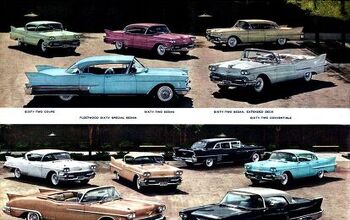
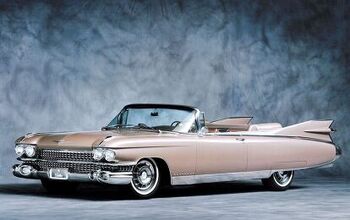

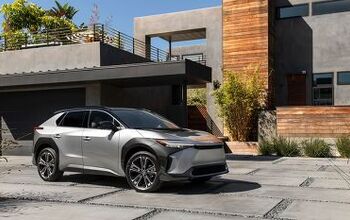

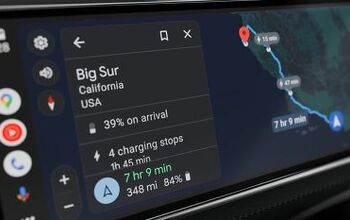

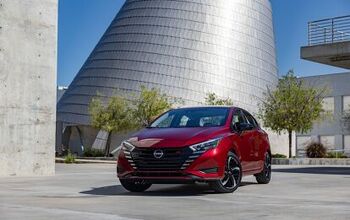
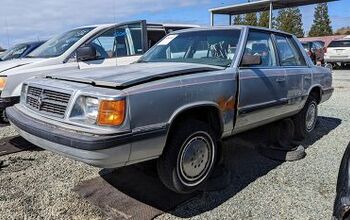
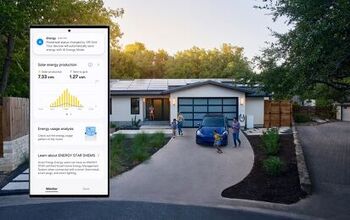
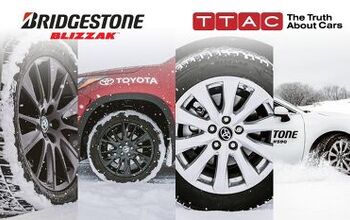

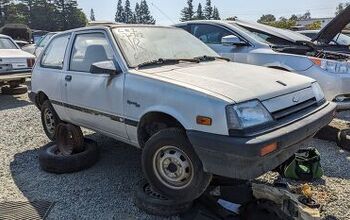
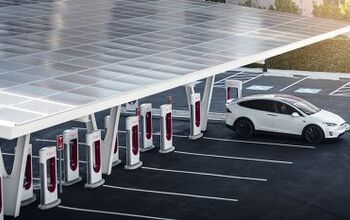
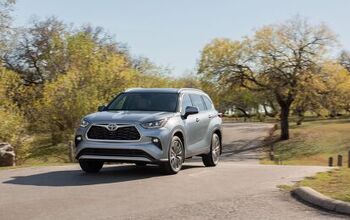
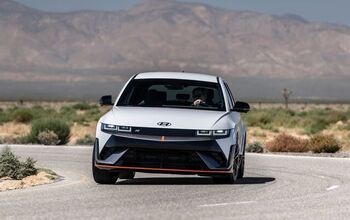

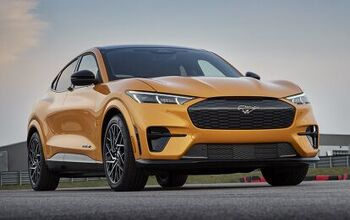
Comments
Join the conversation
Totally biased editorial here... And for the record as a STAR Certified Mercedes-Benz Technician, as well as a MULTIPLE IROC and F-body owner, the Third Generation Camaro was a great looking car (unless it was not taken care of, like the RS the editor displayed above) and they were fairly reliable. I fix many brand new Mercedes with problems big and small. The bottom line is ALL CARS break. If they didnt, dealerships wouldnt have a Service Department. The plain and simple truth is the small block Chevrolet is hard to beat. It's compact (more so than the new Over Head Cam designed engines), it can make plenty of power and I have personally seen many with well over 150,000 miles that are still running good. His facts are also wrong on the EFI for the Camaro as the first year was 1985 when Tuned Port Injection was offered and the HP figure is 215. Far more than most cars of the time. The Camaro was also an awesome handling car - named best handling car in 1984 by Motor Trend IIRC. The G92 and 1LE cars could run low 14's to high 13's in the quarter with 0-60 times in the 5 second range. Extremely fast for the times considering the EPA was mandating tons of restrictions. Mercedes at the time was not doing much in the Performance segment. The cars they made back then were simply not directed for the same market. Bottom line, the Author has motives here based off of minimal experience and unless you can fix cars and follow the facts without fail as a way of life... You really shouldnt be spreading false claims under the impression of being an "expert". I seriously doubt he can change more than tires and oil.
In May of 1990, I purchased a new 91 RS Camaro. The car was my daily driver for 25 years and nearly 400,000 miles. The 170 hp 305 TBI V8 & 700R4 automatic transmission were perfectly reliable and never gave any trouble. My RS was well maintained and typically got 30 to 34 mpg on highway trips. Friends doughted until they ride along and saw the results first hand and confirmed with GPS. Over the years, I lost count of how many condescending Honda & Toyota drivers disparaged my white RS, only to have their 'superior' car have engine or transmission failure between 200,000 and 250,000 miles. They would glare in disbelief at the RS and its 300,000+ mile drive line. Often the care of the driver, determines the reliability of the car as much as the manufacturer. The white RS would prove to be the BEST car I owned and far more reliable than my 2006 Honda Accord. Last year, the RS was treated to a full frame off restoration. The Camaro isn't a daily driver anymore but its my favorite car.